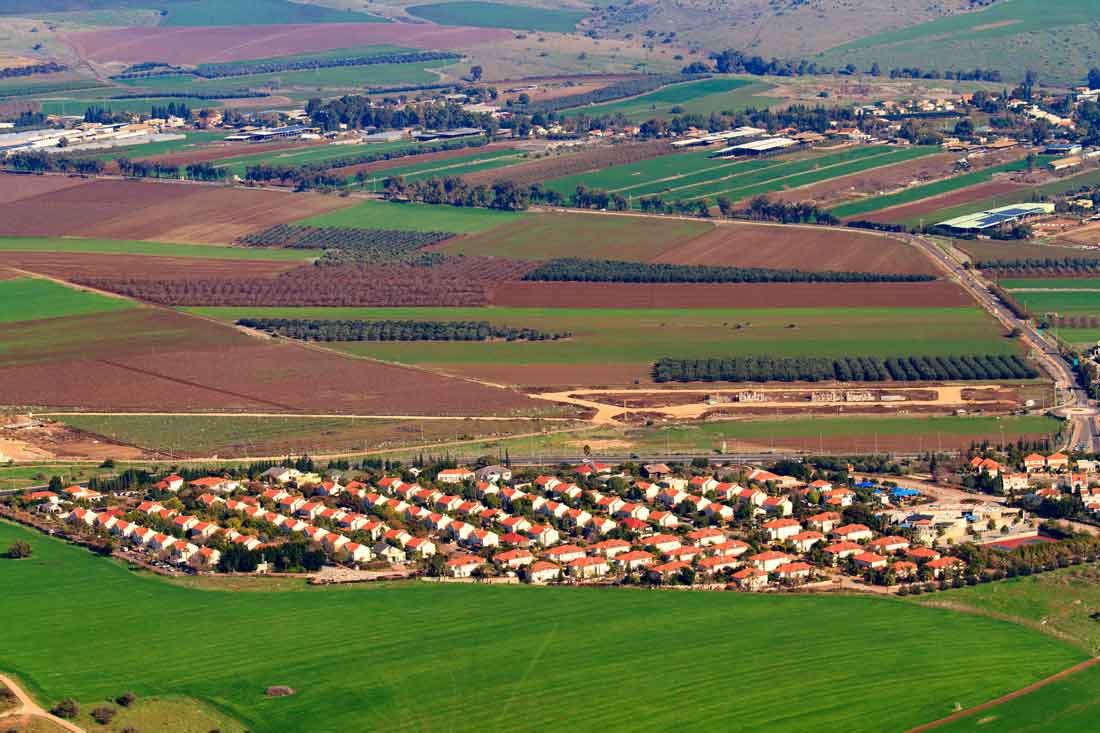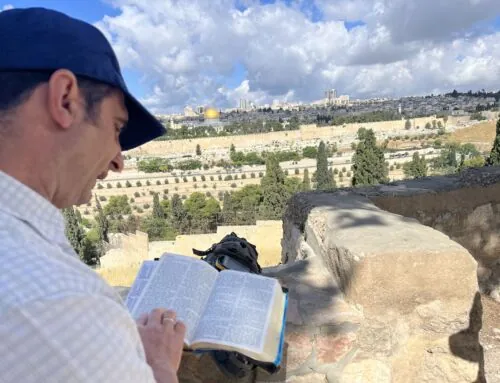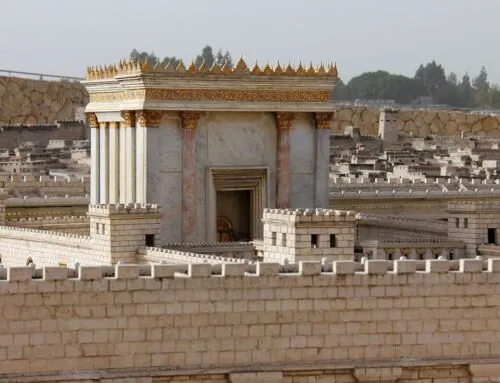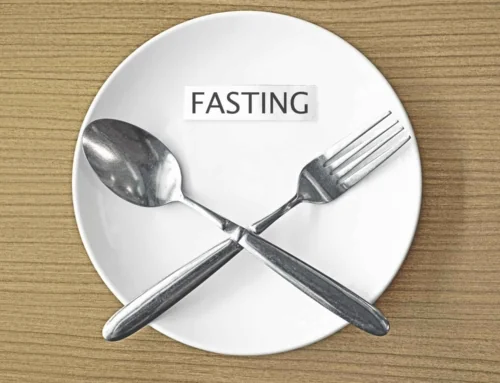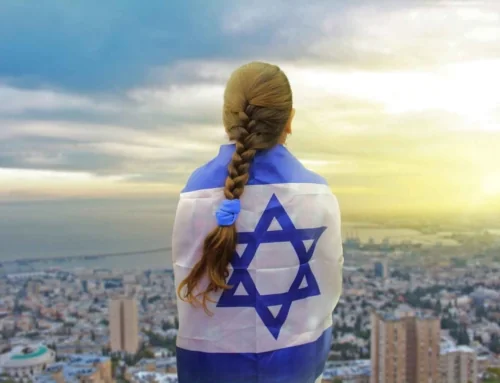Living in a kibbutz in Israel was one of the primary ways that the modern nation of Israel was formed. Communal living at it’s core, the word kibbutz literally translates to “gathering, clustering” which is exactly what occurred as they became a very standard way of living in the early days of modern Israel.
What is a Kibbutz in Israel?
A kibbutz system began taking place with the first opening in 1909 during the Second Aliyah. Aliyah means “to ascend” and when Jewish people return to Israel, it is referred to as “making aliyah” or “the act of going up” to Israel again after the diaspora of the early 1st and 2nd centuries.
After nearly 2,000 years away from the promised land, there were many dangers to try to protect oneself from. These included poverty, starvation, or attack. It was simply better to group together and try to make a successful farm together.
Kibbutz in Israel for Protection
Kibbutz certainly played a large role in the initial safety of those who were making aliyah to Israel and in helping to establish the modern state of Israel. Members not only started off as a “safety in numbers” but also as a very rudimentary form of the Israeli Defense Force. They were instrumental in the 1948 Arab-Israeli War, helping to stop the Syrian tanks and manufacturing ammunition at the Ayalon Institute, which now hosts a museum talking about the secret munitions factory that was underground.
Kibbutz in Israel for Agriculture
The kibbutz’s main focus, especially in the early days, revolved around agriculture. Many people would move to a kibbutz in order to be able to afford to get their feet on the ground and start a new life with a safety net around them. They were not only able to eat and have a place to stay, but were able to begin making connections and gain skills and knowledge of the land.
Kibbutz were responsible for much of the agricultural production that allowed Israel to flourish. It continues to be a big contributor to the agricultural production, which is a matter of national security for a small country in a tough neighborhood. Most of what you eat in Israel is produced in Israel, and quite a bit of it is thanks to kibbutzim who began to re-establish agricultural production over the last century. This includes field crops, orchards, fish, dairy, poultry, etc.
Israel’s first Prime Minister, David Ben-Gurion even retired at the Sde Boker kibbutz in southern Israel. His grave is there. He even chose to be buried there and you can visit his grave on the kibbutz.
Modern Day
Today, there are 270 kibbutzim in Israel and only 2% of the population live on a kibbutz. Only 74 of today’s kibbutz are communal in nature.
Kibbutz today have changed in many ways, but in many ways they have also stayed the same. Agriculture is still one of the main products of kibbutz life. In fact, 40% of all agricultural output comes from kibbutz production.
Kibbutz production doesn’t just contribute greatly to the agricultural sector. It actually contributes approximately 8 billion dollars to the Israeli economy, accounting for 9% of industrial output.
Kibbutz products today go far beyond agriculture. Today, many have developed businesses in building materials, military materials, technology, and tourism.
Sdot Yam’s Caesarstone- The kibbutz has around 400 people in it but it is worth over $1 billion dollars. It’s product is a popular quartz countertop company and it is located right by ancient Caesarea Maritima.
Nof Ginosar- This kibbutz has created a wonderful hotel experience next to the Galilee, one that has become quite popular with many of those who travel with Immanuel Tours. They are known to have beautiful grounds right on the water and great food. In addition, they also house a must see for tours: “The Jesus Boat”. The fishing boat was found in the mud here in the 1980’s, perfectly preserved from the first century. They were able to remove it from the mud, preserve it, and now have it on display at the center. It’s amazing to think of all the stories in the bible about Jesus and fishing boats on the Galilee, so it’s quite amazing to see a boat of that nature. Even if Jesus didn’t ever come near this boat, it is possible that he may have looked at it!
Kibbutz Degania Bet- Degania was actually the first kibbutz in the nation. It for many years was one single organization until the issue of where children should be raised became a point of disagreement within. Traditionally, children lived separately from their parents. This largely started because most lived in tents, so they built a dwelling for kids in the middle of the grounds to keep them safe. As time went on, many families wanted their children to be able to live with them. It ended up dividing Degania, and the Degania Aleph (the first letter of the alphabet) kept the traditional method of child raising and the Degania Bet (the second letter of the alphabet) had the kids stay with the parents. Now all kids in all kibbutzan stay with their parents.
So what does Degania Bet produce? Chocolate! You can buy chocolate treats in the shop, or you can also participate in a fun chocolate workshop where you make your own special treats. The biggest challenge is making it to the end of the workshop without eating it all!
Kibbutz life was and continues to be an important part of Israeli culture and history. Next time you are in Israel, find out how you can incorporate a real kibbutz experience into your trip with the help of one of our helpful tour operators!

